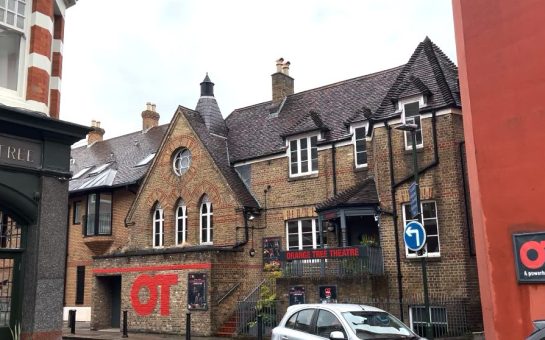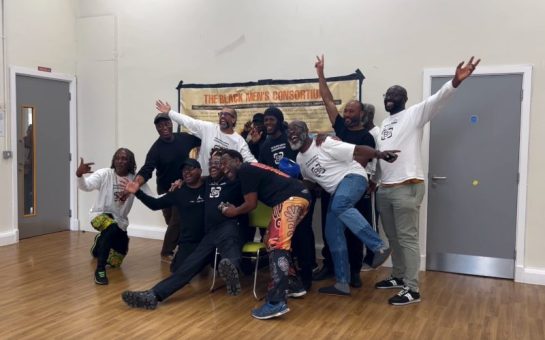Teen angst, identity trouble and breaking the fourth wall – Don’t Turn the Lights on takes on the challenge at the Bread and Roses Theatre.
Theatre Counterpoint’s Don’t Turn the Lights, a tale of teenage angst which borrows its structure from Bach’s fugue, translates the complicated musical form into a playful yet poignant piece of theatre.
It has just completed its three-day run at the Bread and Roses Theatre in Clapham.
The heavily structured fugue it takes inspiration from brings together two or more themes and uses counterpoint, more than one melody played in conjunction with each other.
The play echoes these conventions by touching on gender issues and sexuality and by using disorientating soundscapes with voices layered over each other.
Later on, it evokes call and response with question-led monologues which are later transformed into dialogues with corresponding answers.
“The focus is on trying to find the variation in repetition”, said director Dadiow Lin.
One way this is achieved is when actors, Mira Yonder and Jay Walker, read out fragments of the story in random order multiple times throughout.
This also means that every performance has the potential to be unique.
One of very few props used is a rope which is unravelled at the beginning and acts as a literal fourth wall – one that is often figuratively broken.
The characters engage with the audience members yet put us under scrutiny at the same time, reminding us of the feeling of being watched as a teenager.
To this end, we are invited into the characters’ world but at the same time separated from it.
The conclusion sees both characters reciting the same story in unison (with slight variations), introducing a cohesiveness that the show lacks during its early stages.
Choreographed movement and clever use of lighting adds depth to the performance and puts into practice Theatre Counterpoint’s aims of merging music, movement and visual arts, while creating an authentic, theory-orientated performance.
Look out for future performances here.




